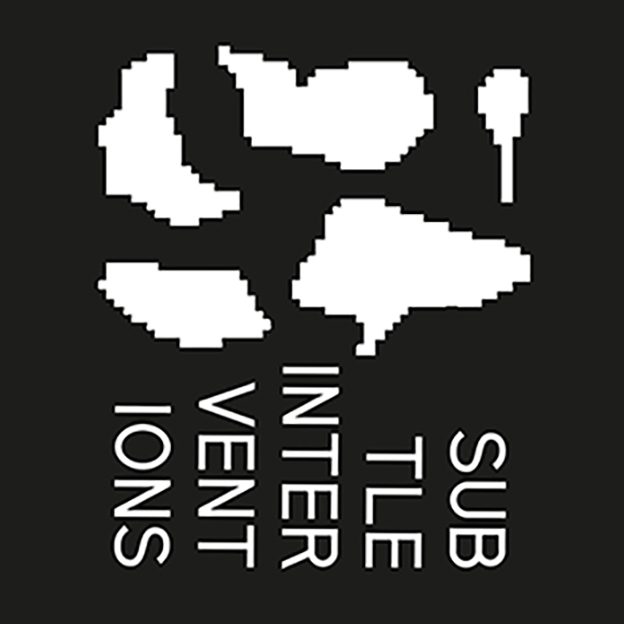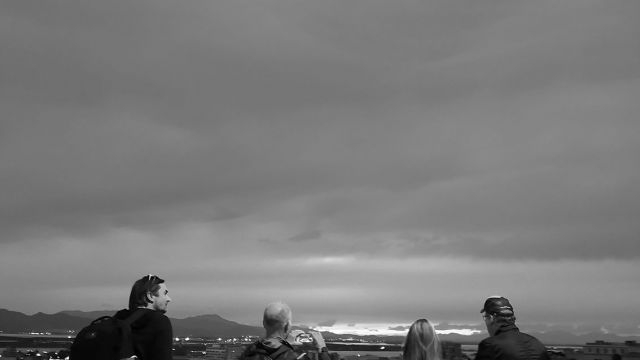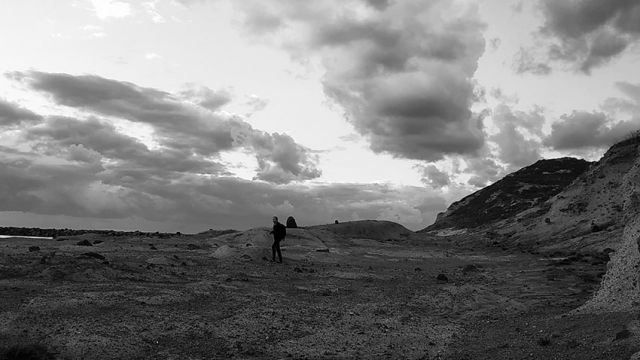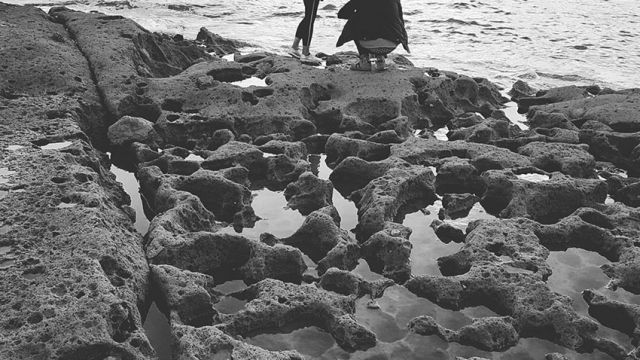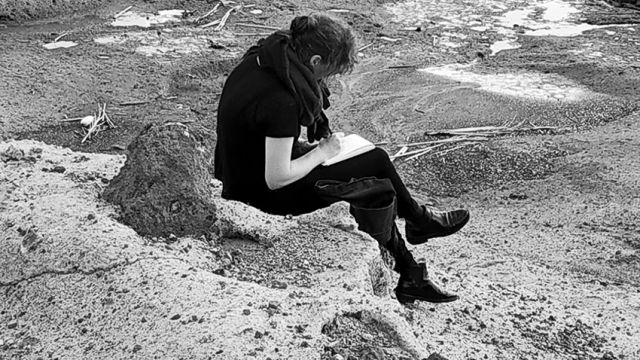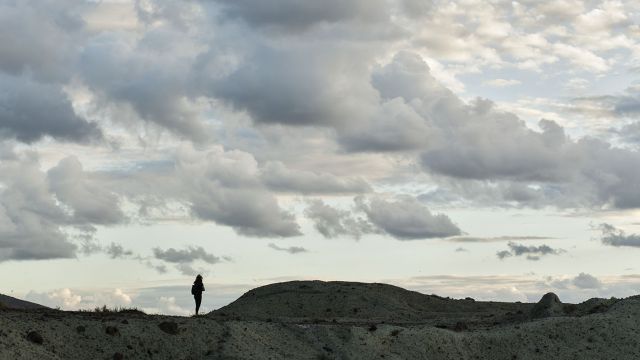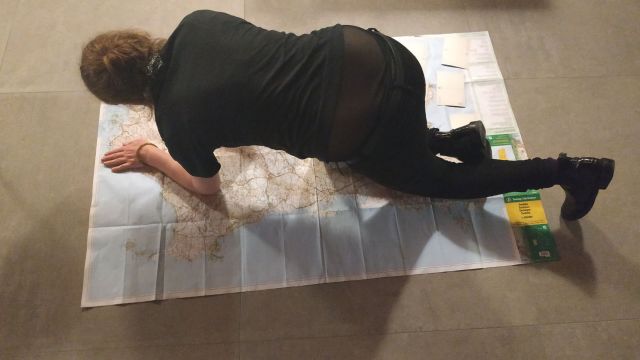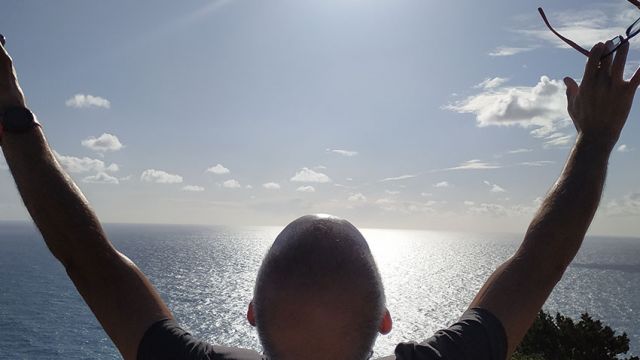When viewed in an idiosyncratic mirror image, transforming water into land, the map of the Mediterranean looks like a large island with several sizeable lakes, most prominently, Corsica, Sardinia, Sicily, Crete and Cyprus, the huge Adriatic peninsula and a plethora of smaller water basins.
The concept of deformation, belonging in one form of another to the fields of geology, cartography, meteorology, mathematics (deformation theory) and visual arts, besides those already engaged and probably a few others, stands in an uneasy relation with our civilisational preference for the form (whose obvious Aristotelian sources won’t be a concern).
Deformation, or deformity, to be exacter, is to be avoided and is only neutral in scientific descriptions. Deformation is marked and marred by a disfiguring and a degradation, a debasement of a form, a downturn from the self-evidently higher realm of formality and formation (the obvious Biblical sources of which valuation, a sanctity of creation, including Christian devaluation of the physical form to be transcended into a more unalterable one, also do not affirm deformation, except in the practice of pity for the deformed).
Yet, human cognition hinges on deformation (the sciences tell us). Without the reduction and multi-step transformation of sensual stimuli, also conceivable as translation, conscious participation in the world would be impossible. Similarly, the emergence of the world, geological formation, would not have occurred if its previous states hadn’t been deformed.
These – and their parallels in other domains – can hardly be viewed as subtle interventions. The extent to which sensual stimuli are deformed to be processable by consciousness is likely to remain eternally unknown, while reconstructions of the Earth’s distant past draw maps of an unrecognisable planet, expect in its general contour. Deformation can be ‘diagnosed’ as such only to the extent that a deformed (source) form remains recognisable.
